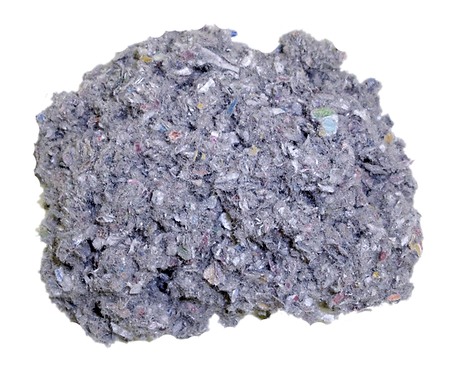
Cellulose
Cellulose Insulation was found to be competitively priced in relation to other insulating materials which make it an attractive option for installation. The cost of installation of the cellulose insulation may vary as there is the potential to self-install or to engage a professional installer. The material must be installed correctly to ensure that the required R-value is achieved. (National Fiber, An introduction to Cellulose Insulation, 2014)
Wood fiber insulation is produced from trees. Wood fibers are usually cellulosic elements that are extracted from trees and used to make materials including paper.
Cellulose Facts
• 38% stronger sealing properties, as compared to fiberglass
• 24% reduction in air infiltration
• 22-55% greater fire resistance
• superior moisture, vermin and mold resistance
• greater soundproofing and vibration-dampening
The R values between blown in cellulose insulation and fiberglass insulation are the same but the thickness varies. On average, blown in cellulose insulation is 2-3 inches thinner than fiberglass insulation when both have the same R values. (National Fiber, An introduction to Cellulose Insulation, 2014)
For develop Architecture





